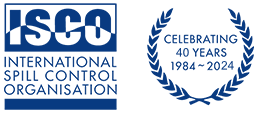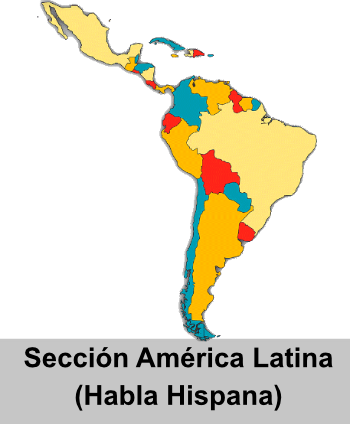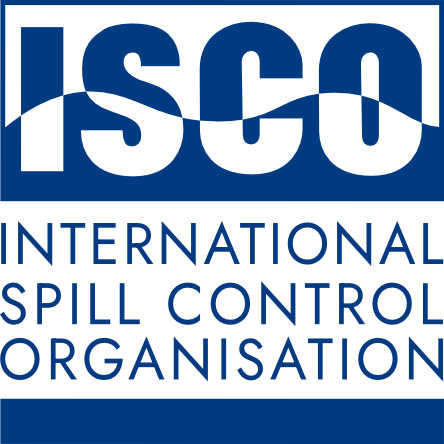Beaudry K., Cameron C.B. (2024) Frontiers in Marine Science, 11, art. no. 1337358, DOI: 10.3389/fmars.2024.1337358
ABSTRACT: Benthic filter-feeders form an essential role in marine food chains as they constitute the bridge between the microscopic primary producers and the consumers. Although filter-feeders mainly feed on solid particles, they also capture and ingest oil droplets. Usually, these microdroplets come from the decomposition of animals or algae or from petroleum oils that enter water via spills and leakages. Here, we used videography, TRITC fluorescence microscopy, and fluid mechanics to study the capture mechanisms of canola, fish, and four petroleum motor oil droplets by the filter feeding sabellid and a serpulid polychaetes. Schizobranchia insignis, Eudistylia vancouveri, Myxicola infundibulum and Serpula columbiana actively feed on waste motor oil droplets in seawater. A further experiment found that S. insignis fed on all types of oil droplets, demonstrating no selectivity based on type. The oil droplet capture mechanism of S. insignis were direct interception and sieving, like that of solid particles. The size range of droplets ingested was 10 to 300 µm in diameter, but these ranges differed depending on the density and viscosity of the oils. Higher density and viscous oils were captured at smaller droplet sizes. These results are the first to characterize the mechanics of oil droplet capture, transport and ingestion by benthic ciliary filter feeders, and contribute to understanding the behavior of animals in response to oil emulsions, and how oils enter marine food webs.





